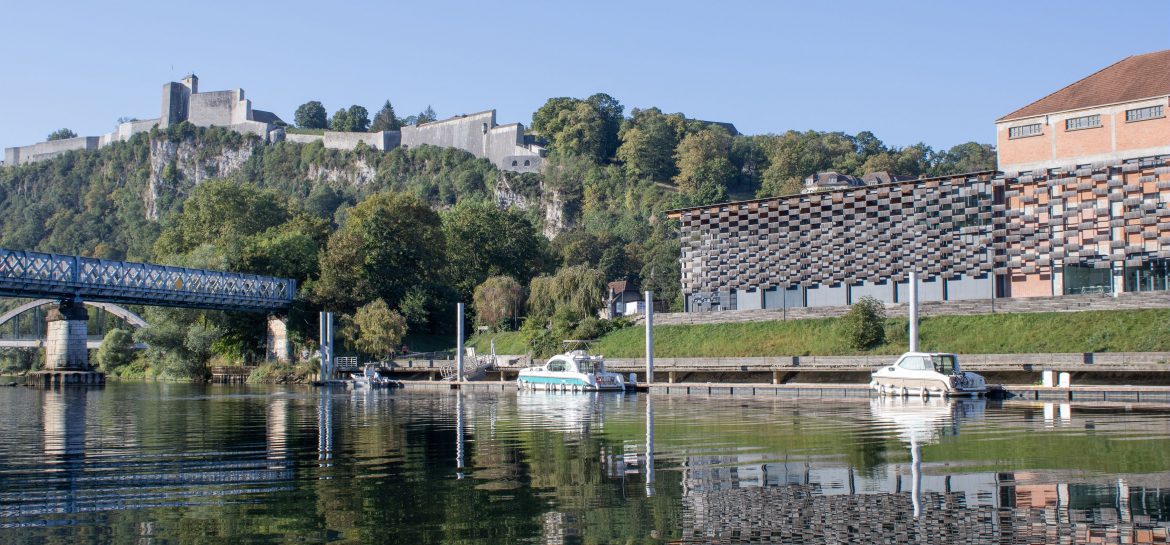
Contributed by feature reporter Jens Hoffmann
To Besancon by TGV with over 330 kilometers per hour.
Wow.
The capital of Franche-Comté enchants with small streets, colorful half-timbered houses and typical French charm on the loop of the Doubs river.
Besançon is considered the “watchmaking capital”.
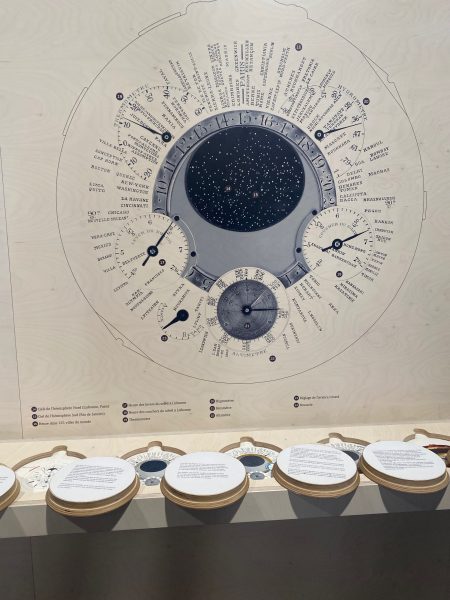
After breakfast we walked up to the world-famous citadel.
The citadel is 364 meters above sea level.
25 buildings from different eras and three museums on the site.
Louis XIV gave Besancon an important role in defending the border with the Spanish Netherlands.
The fortress, located high above the city, is closely linked to the history of its builder, Vauban.
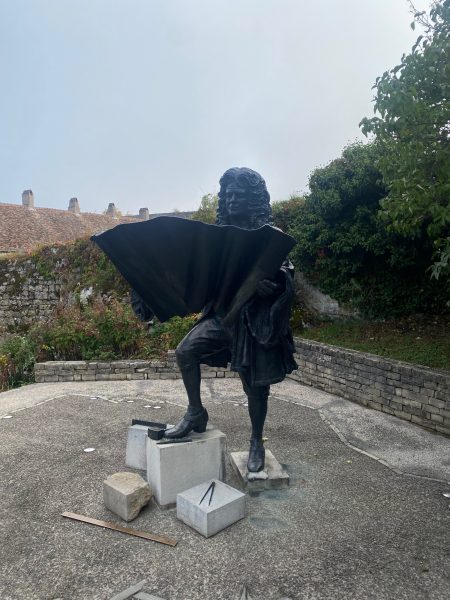
The famous military architect, who designed the construction plans for the Besancon Citadel in 1668, was to have a lasting impact on the image of Besancon.
The Citadel welcomed us with free-roaming ostriches.
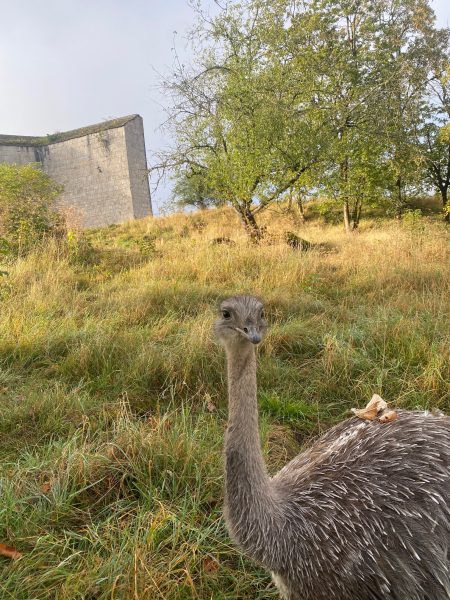
It was added to the UNESCO World Heritage List and has established itself as a tourist attraction in Franche-Comté.
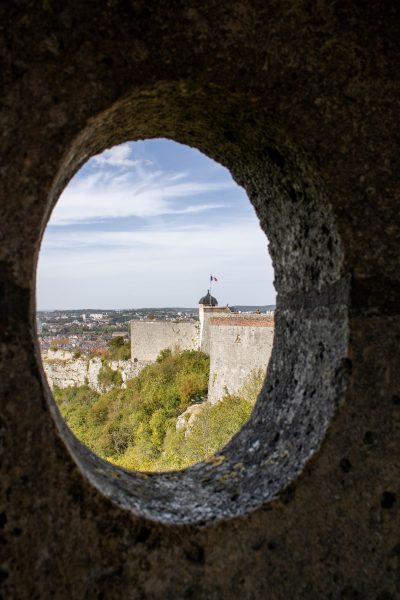
From the citadel you have a fascinating view of the city.
The citadel was a prison, war camp and military depot.
The transformation from a military citadel to a tourist attraction was realized perfectly.
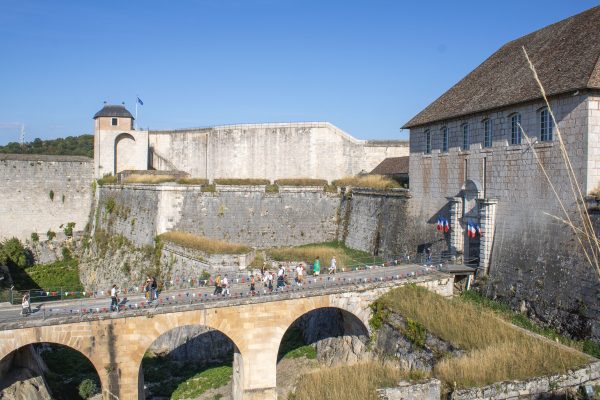
Today there are museums and even a zoo there.
Lions, tigers and monkeys await visitors in the citadel zoo.
This attracts almost 300,000 visitors annually and also many younger visitors.
Unfortunately we had to go back down to the city too quickly.
The Victor Hugo House was on the list, as was the Museum de Temps.
The Musée du Temps is a museum in a palace. Located in the heart of a Renaissance palace, the Palais Granvelle, the “watchmaking capital” showcases the great moments of watchmaking.
In addition to the famous Leroy 01, which was long considered the most complicated watch in the world, the museum displays some of the instruments from the Besançon Astronomical Observatory, which attested to the functionality of the chronometers.
The way to our hotel on Rue Lecourbe then took us past Victor Hugo’s house.
Victor Hugo was born in Besancon in 1802.
With the drama “The Castilian Honor” (1830) he became the leader of French high romanticism.
He later wrote “Les Miserables” (1862), his world-famous novel about the outcasts of society.
Art & culture lovers really feel at home in Besancon.
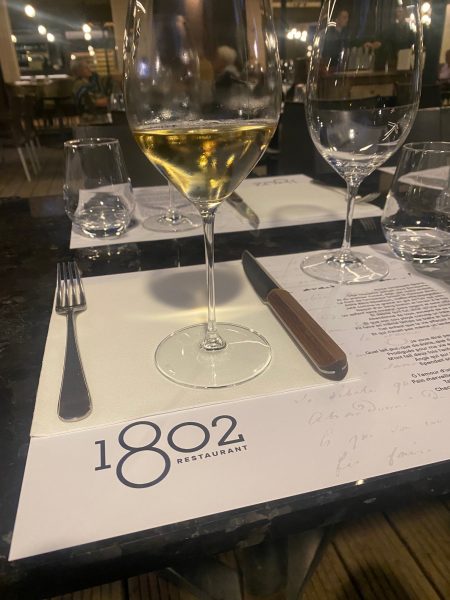
In the evening we went to Restaurant 1802.
In addition to French families, there were many younger visitors.
After champagne, the symbolic product of high cuisine, we drank beautiful wines and enjoyed excellent food.
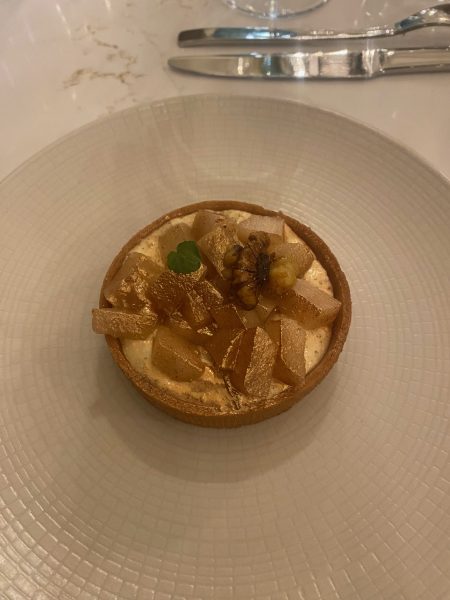
Fish, meat, leeks, a sweet finale, everything perfect.
The atmosphere was great, we have rarely eaten better, and we left the terrace of Restaurant 1802 happily.
I slept well, the next morning we took the TGV to Belfort.
The Alstom factory, which produces the TGV trains, is nearby.
This is probably why the Belfort-Montbéliard train station can be easily reached by TGV.
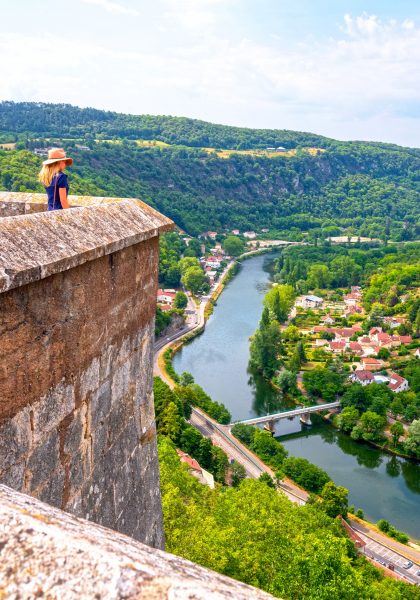
The city’s symbol is hard to miss and has been guarding the city for over 140 years.
The stone lion towers over Belfort.
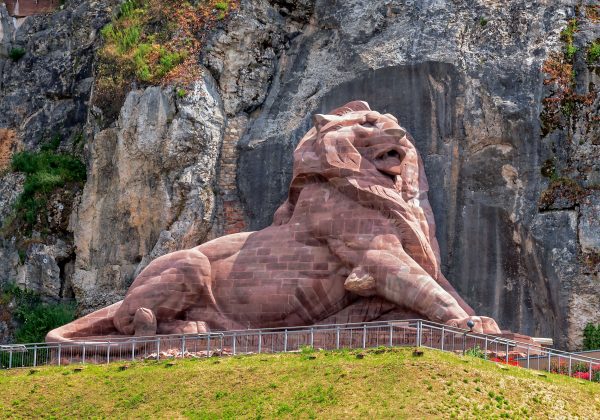
He lies directly below the fortress and take care of the city.
From the Middle Ages to today, Belfort has undergone many changes.
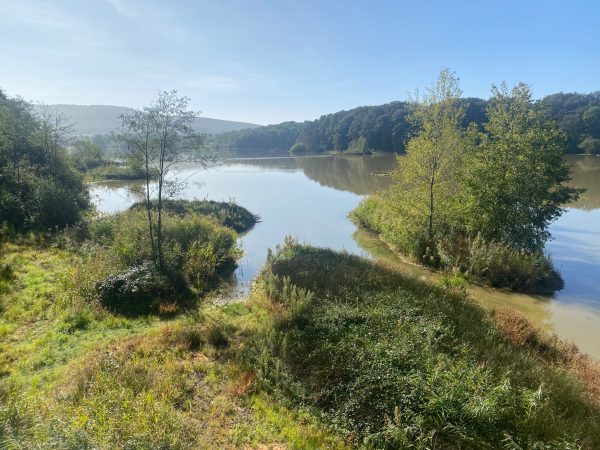
The city and its surroundings have many facets, easy and best to explore by e-bike.
So the “Ballon d’Alsace”, the highest point in the Belfort territory.
This nature-protected mountain range in the heart of the “Ballons de Vosges” natural park is a wonderful recreational area that can be easily explored by e-bike.
Done and done.
There was once a time, at the beginning of the 20th century, when the Ballon d’Alsace was the highlight of the Tour de France.
The reason is that it was the first pass that the riders of the 1905 Tour de France ever had to conquer.
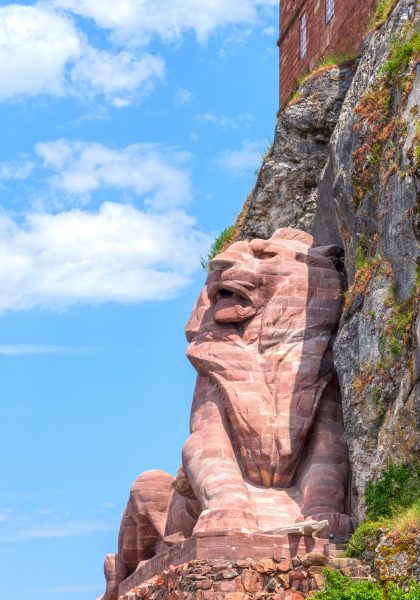
The lion still watched over his city when we returned.
The landmark was created to commemorate Belfort’s resistance under Colonel Denfert-Rochereau during the Siege of Belfort in the Franco-Prussian War (1870 to 1871).
The lion on the hill at Belfort Citadel was created by Frédéric Auguste Bartholdi.
The “Espace Bartholdi” offers many exhibits and during our tour we learned that the Marquis de Vauban shaped the history of the city here too.
Belfort market square is worth visiting.
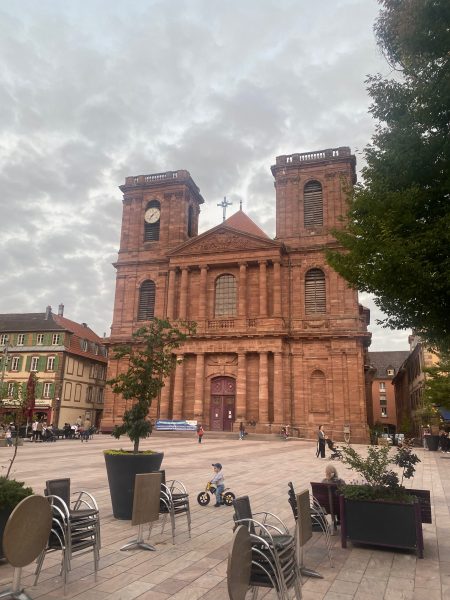
The regional and sustainably produced specialties as well as the many excellent restaurants make Franche-Comte a gourmet region.
You have to taste the specialties of the region.
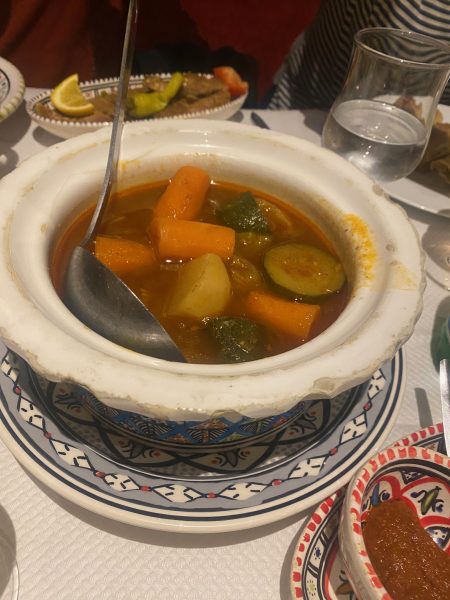
No matter whether it’s Comte cheese, Montbeliard sausage, terrine or couscous, it’s worth trying and tasting.
Franche-Comte, my new favourite region.
Besancon and Belfort belong on everyones bucket list.
Sustainability is a principle of action.
Our editorial team would like to pay attention to climate-neutral mobility, so we love to travel by train.
The ICE and a French TGV took us to France.
It was fun.
All SNCF train stations can be booked via Deutsche Bahn.
The press trip was supported by Atout France, the French National Tourist Board in Frankfurt.
Photos: Corinne Vassele, Alain Doire & Jens Hoffmann


